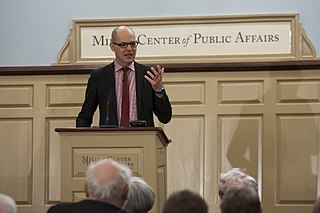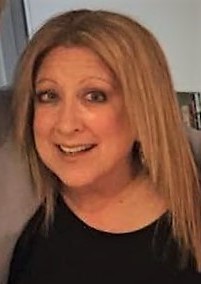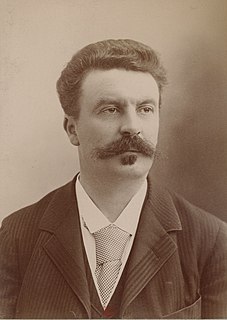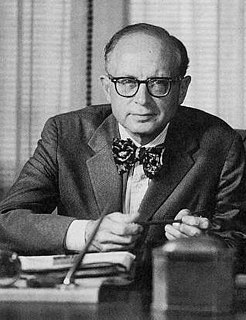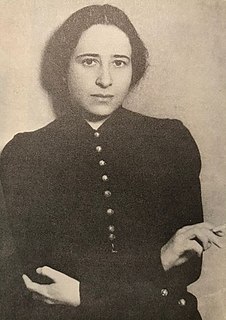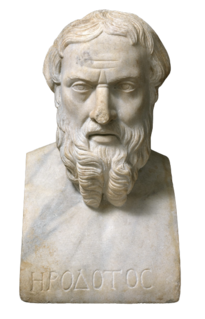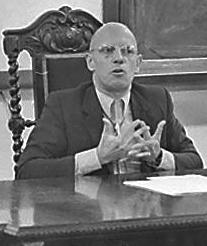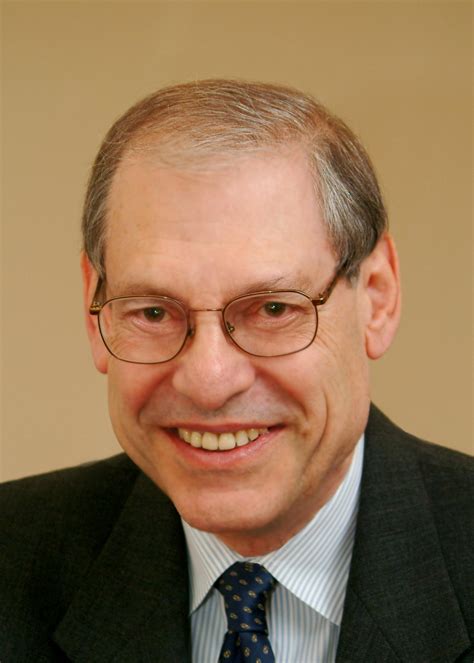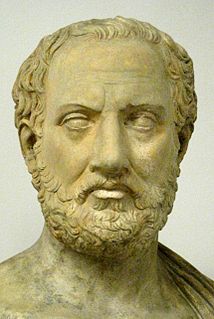A Quote by Fredrik Logevall
Admittedly, key archival documentation remains under lock and key and will be inaccessible for a long time to come. But enough material is available, in the form of declassified documents, memoirs, oral histories and journalistic treatments, to begin to piece together the story.
Related Quotes
I've spent a lot of time working on declassified documents - and they do get declassified after decades - you look at the record of declassified documents, and they are mostly concerned with keeping what the government does secret from its own population. It's mostly defense of the power system from its own population. Very little is authentic security.
Long before the technology revolution there was declassification of documents and I've spent quite a lot of time studying declassified internal documents and written a lot about them. In fact, anybody who's worked through the declassified record can see very clearly that the reason for classification is very rarely to protect the state or the society from enemies. Most of the time it is to protect the state from its citizens, so they don't know what the government is doing.
The key to the city of Florence was about two feet long, and painted a garish gold. Hamilton was fascinated by it. "Wow! How big is the lock?" Jonah laughed. "There is no lock, cuz. It's an honorary gig. Back in my crib in LA, I've got a whole shed full of keys from different cities. Want to know the kicker? I can't get at them. The gardener lost the key to the shed.
The mold in which a key is made would be a strange thing, if you had never seen a key: and the key itself a strange thing if you had never seen a lock. Your soul has a curious shape because it is a hollow made to fit a particular swelling in the infinite contours of the divine substance, or a key to unlock one of the doors in the house with many mansions. Your place in heaven will seem to be made for you and you alone, because you were made for it -- made for it stitch by stitch as a glove is made for a hand.
I had to leave some traces. In the beginning, I would give complete instructions to the photographer. In the '70s, people would come to photograph your work and you would just end up with this crazy material that had nothing to do with your work; maybe I'd pick up two or three photographs that were the closest to the idea. This is why when you look at the '70s, you see much less documentation and really bad material. The material will become misleading to what the piece was.
